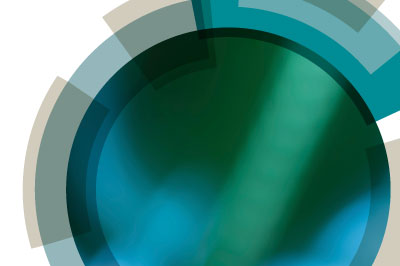Carbon dots (CDs) have attracted great attention in a broad range of applications due to its unique optical properties, high biocompatibility and property adjustability. However, developed CDs can be rarely used as effective gene vectors up to now. In this work, a fluorine-doping strategy was provided to prepare a novel fluorine-doped CDs (F-CDs) using fluorine-containing aromatic compound as fluorine source and using branched polyethyleneimine (PEI) to furnish positive charge sites. The as-synthesized F-CDs achieves dramatic gene transfection efficiency as well as low cytotoxicity in commonly used cell lines at low weight ratio. It is worthy to point out that this F-CDs is superior efficiency and better biocompatibility compared to some widely used commercial reagents such as branched 25k Da PEI and Lipofectamine 2000. At weight ratio (transfection reagent/EGFP plasmid) of 2, the transfection efficiency of F-CDs achieves about 92% in HEK 293T cells, 85% in COS-7 cells, 81% in A549 cells, 73% in B16F10 cells, 58% in NIH3T3 cells and 45% in HepG2 cells, which is much higher than that of Lipofectamine 2000 in HEK 293T cells (65%), COS-7 cells (33%), A549 cells (25%), B16F10 cells (27%), NIH3T3 cells (27%) and HepG2 cells (24%) at the optimal conditions, respectively. The transfection efficacy was quantified by flow cytometry, and the cell biocompatibility of F-CDs (>95% cell viability) is higher than that of 25k Da PEI (>70% cell viability) and Lipofectamine 2000 (>80% cell viability) at the optimal transfection concentration by MTT assay. Furthermore, the F-CDs shows excellent efficient transfection even at low pDNA dose, low F-CDs transfection reagent dose and high serum concentration, indicating potential clinical applications. In addition, the F-CDs can be used for highly selective Cu2+ detection and high-quality green fluorescence bioimaging. The linear range of Cu2+ detection is 0.1 - 100 µM and the limit of detection is estimated to be 0.1 µM, which is much lower than the drinking water regulations of World Health Organization (2 µM). This fluorine-doping strategy provides a valuable guidance for the design of novel multifunctional CDs as well as the development of high-efficiency gene vectors.
High Gene Transfection Efficiency of Fluorine-doped Carbon Dots and Its Versatility
23 July 2018 17:00-21:00, Oxford, United Kingdom
THE OXFORD MUSEUM OF NATURAL HISTORY
THE OXFORD MUSEUM OF NATURAL HISTORY, 75 - 81 High Street, Oxford, OX1 4BG, United Kingdom, Oxford, OX1 4BG, United Kingdom
Search
Advertisement
Spotlight








